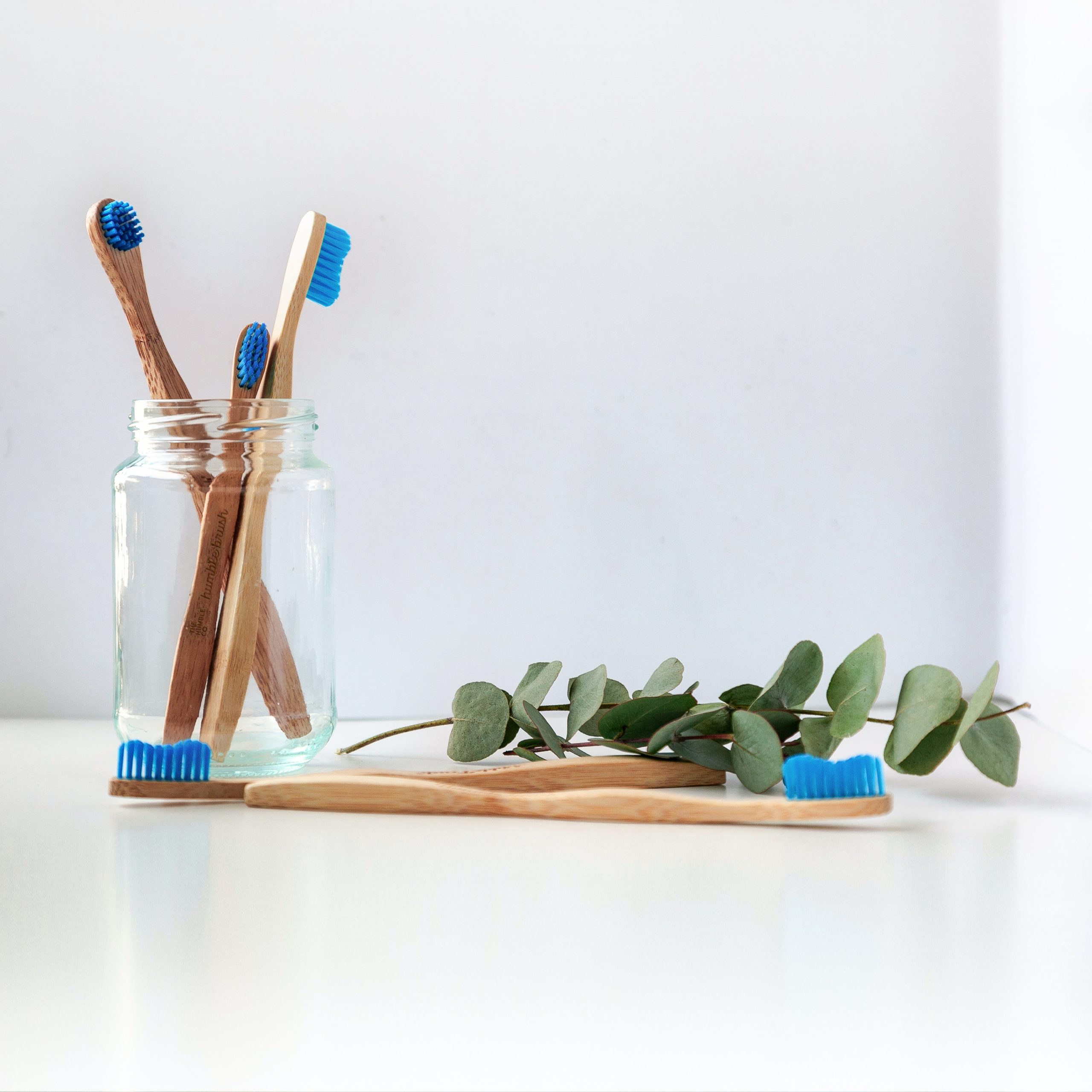At my last dental check-up, I asked the dentist for a review of the best oral hygiene steps. I know what to do, but I wanted to make sure I was doing everything in the correct order. I wanted to know if I should use my water irrigator before or after flossing. Surprise! I was doing everything in the wrong order. So he gave me his set of daily oral hygiene steps for the best dental health. I truly love my dentist because he always educates me in the process of treating any dental issues. He is a highly-experienced biological dentist. I am fascinated by his level of knowledge and I trust his advice.
What is Biological Dentistry?
According to the International Academy of Oral Medicine and Toxicology (IAOMT), biological dentistry describes a philosophy that can be applied to all areas of dental practice: always look for the safest and least toxic way to meet the objectives of modern dentistry. This philosophy includes practicing dentistry while treading lightly on the biological terrain of the patient. A biocompatible approach to oral health is the hallmark of biological dentistry.
The Oral Hygiene Steps – Everyday!
Most people know it’s important to brush and floss at least two times daily, but these seven steps take your oral hygiene to a completely new level. Here are the super seven oral hygiene steps according to my dentist, Dr. Roberto Villafaña.
STEP 1 – Irrigate
Surprise! I bet you are currently not doing this first, but it makes sense. Use an oral irrigator to remove large food particles and plaque. Select a medium size (not family or portable) and add 4 drops of Lugol’s 2% Iodine solution to the water container. This helps to kill bacteria. I really love my Hydrofloss, but there are many good brands on the market.
STEP 2 – Brush
My dentist recommends the Philips Sonicare electric toothbrush and thinks it’s best for removing plaque from inner and outer surfaces of teeth.
STEP 3 – Brush Gently (Bass Technique)
Yes, another brush step to massage gums and improve blood flow. Brush down on upper teeth and up on lower teeth using a compact head medium bristle toothbrush (Oral-B or Reach: Reach has a nice bamboo toothbrush). Use a minimal amount of fluoride-free toothpaste. I really love USANA Health Sciences’ Fluoride-free Whitening Toothpaste.
STEP 4 – Rinse Before Flossing
Use a 50/50 mix of water and hydrogen peroxide to prevent bacteria from being pushed into the gums during flossing. You can use regular 3% hydrogen peroxide but I prefer “food grade.” Food grade hydrogen peroxide is a type of peroxide that doesn’t contain stabilizers. That means it is pure hydrogen peroxide without any additives.
STEP 5 – Floss
Using dental floss helps to eliminate plaque from between teeth and remove any remaining food debris. However, many non-stick dental floss brands contain Teflon (or poly-fluoroalkyl substances PFAS) as a coating so it glides easily between teeth. Studies show this chemical can end up in your body.
If you want a non-toxic floss, look for some of these brands: Dental Lace, Radius, Public Goods, Vomel, and Boka. These brands use biodegradable silk or beeswax. Other brands, which are less toxic than the PFAS brands, use polyester or nylon (petroleum-based) and include Desert Essence, Tom’s, Eco-Dent Premium, Dr. Tung’s, and Cocofloss. Who knew there would be so much to think about when choosing dental floss!
STEP 6 – Rinse After Flossing
Once again, rinsing with a 50/50 mix of hydrogen peroxide and water helps prevent bacterial growth at the gum line and helps with rapid healing of any little cuts caused by flossing.
STEP 7 – Tongue Scraping
This regular practice helps eliminate toxins and plaque from the surface of your tongue and may help prevent bacteria from causing bad breath, tooth decay, and gum infections. Food may even taste better with regular tongue scraping. One randomized controlled trial showed that cleaning the tongue reduced inflammatory markers in oral fluids and showed improvements in the compounds that can lead to gingivitis and halitosis (bad breath).
I recommend a stainless-steel tongue scraper, especially if you are reducing your plastic use. Put the scraper at the back of your tongue and gently bring it forward, repeating several times. Be sure to brush the sides and central section of your entire tongue. Finish with a fresh water rinse.
Oral Hygiene Steps That Work
These are the super seven steps that can take your oral health to a higher level. And be sure you are visiting your dentist for a professional cleaning at least two times a year (some people may need more frequent visits). Oral health matters if you want extraordinary overall health.

LEAVE A COMMENT
Comments